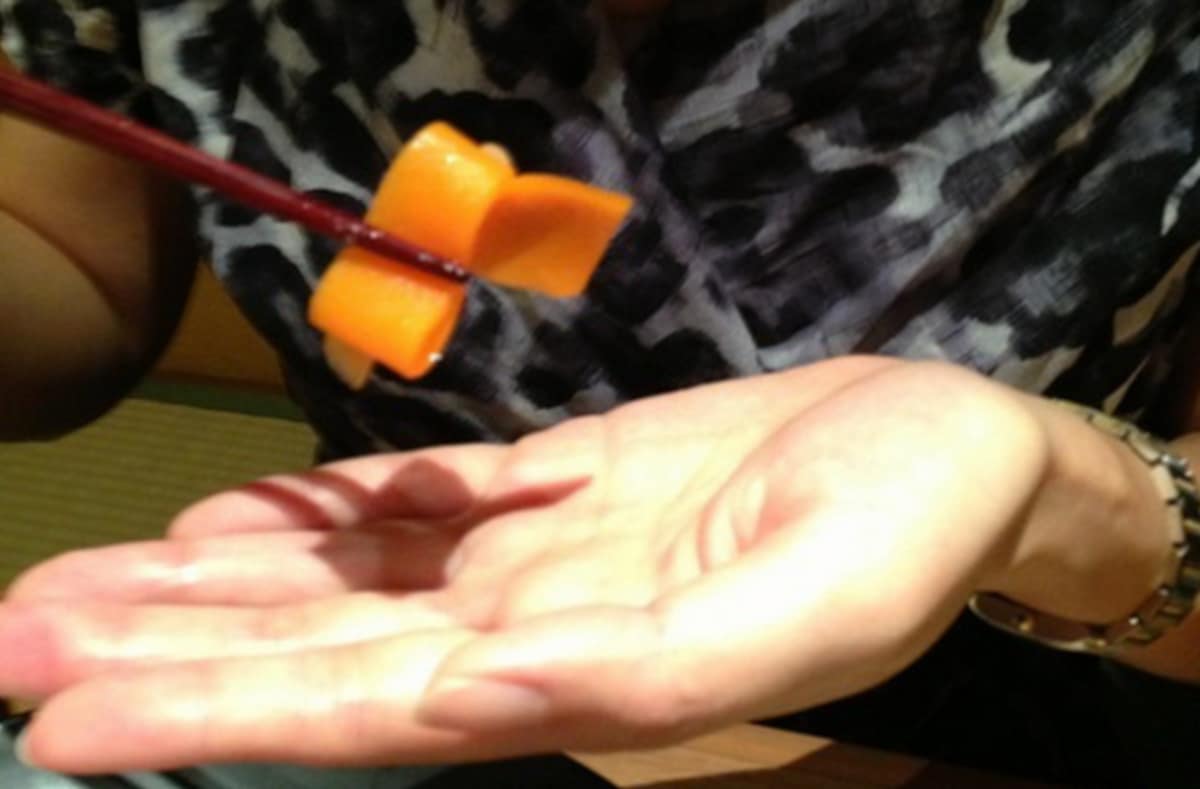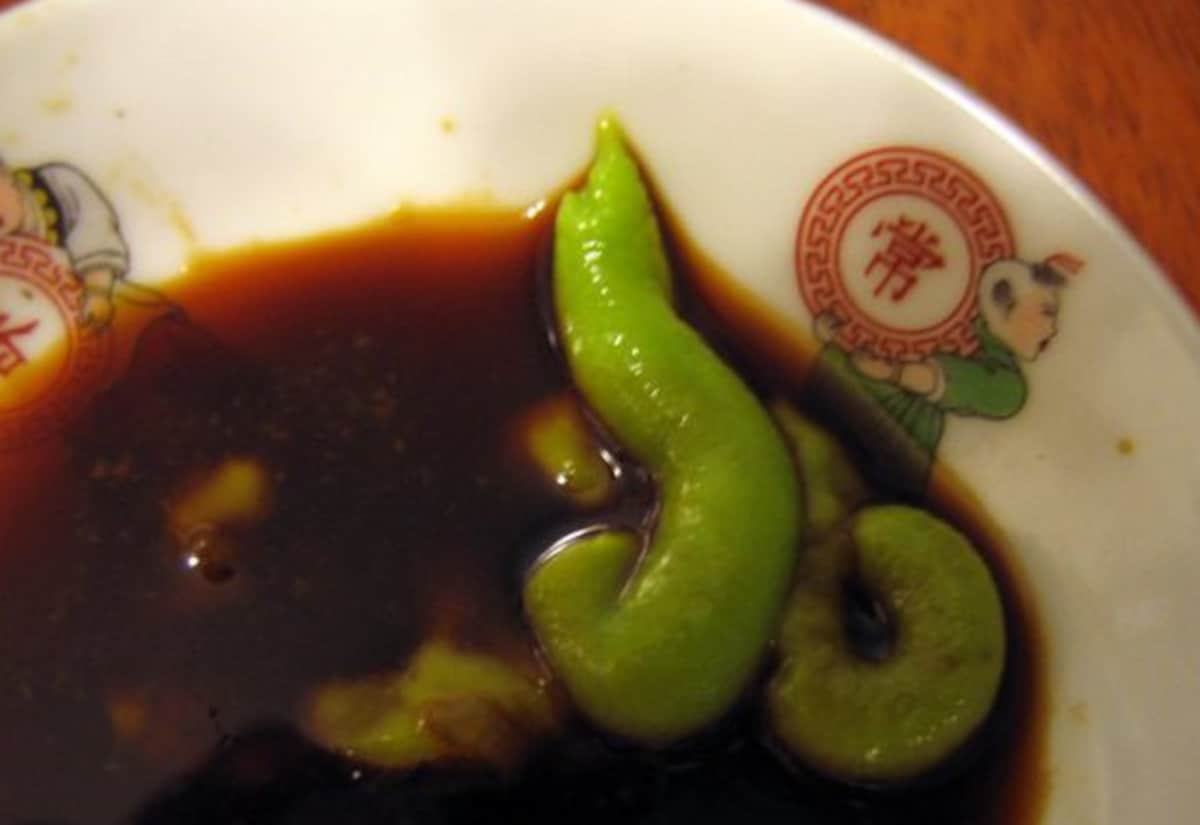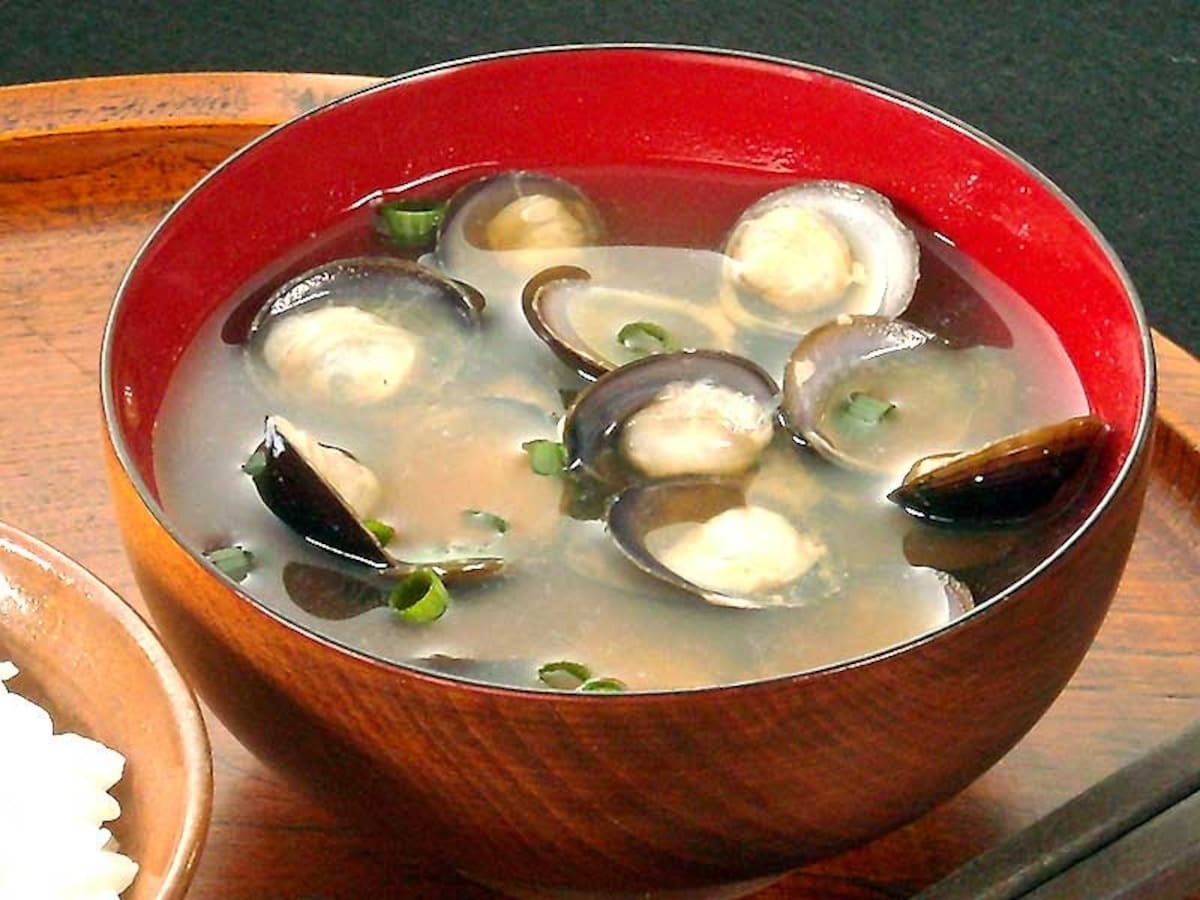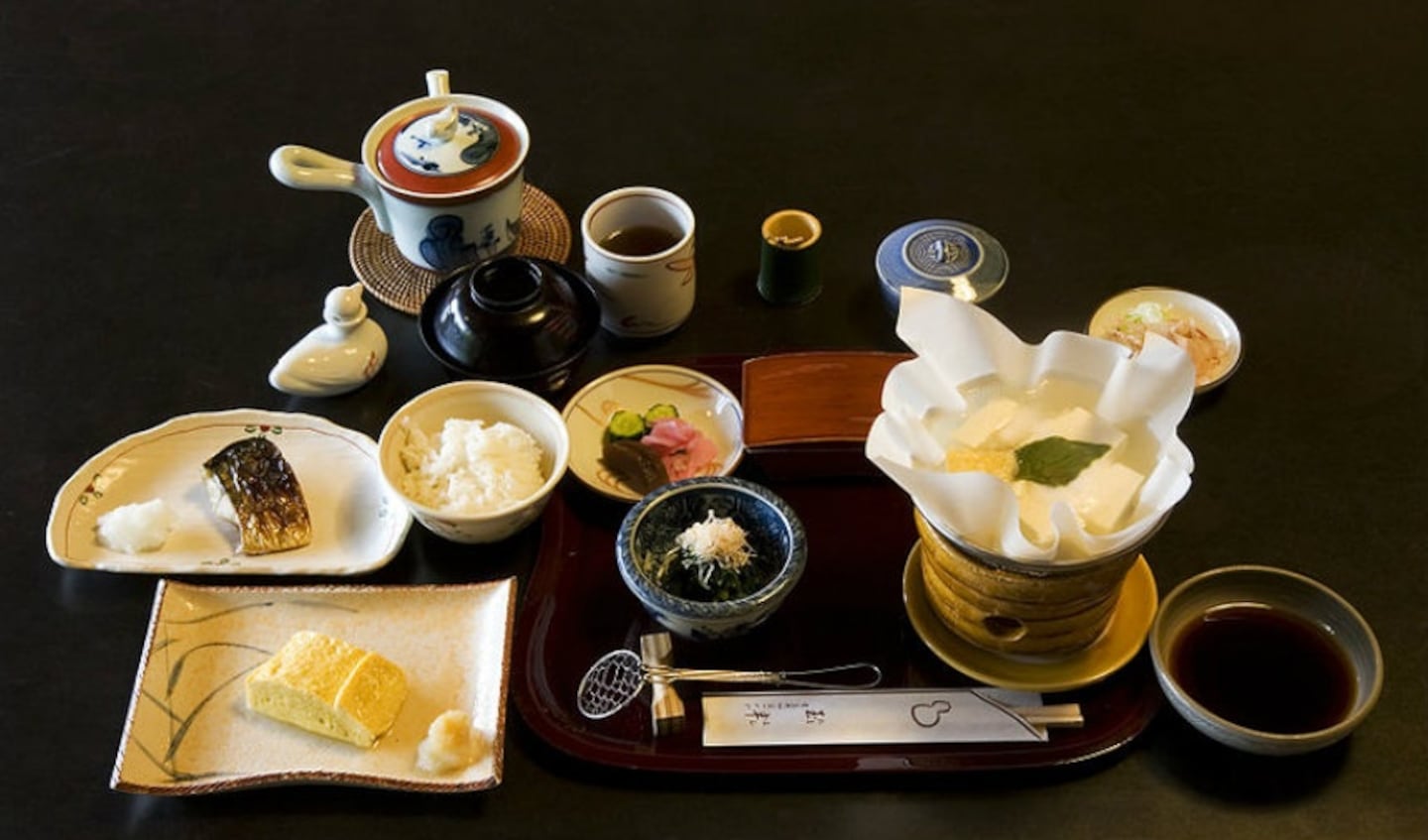Advanced Japanese Dining Etiquette is Hard!
While enjoying Japanese food, have you ever mixed wasabi and soy sauce as a dip for your sushi? Or how about using your bowl as a chopstick rest? If so, you’ve committed an etiquette faux pas. Take a look at our list of 10 little-known rules for eating Japanese food and save yourself some embarrassment while enjoying a traditional Japanese meal.
By SoraNews241. Never use your hand to catch falling food

http://en.rocketnews24.com/2013/12/17/10-little-known-rules-for-eating-japanese-food/
Cupping your left hand under your food to catch any falling morsels or drippings is actually bad manners. Using your tezara, literally “hand plate,” may seem polite, eliminating any errant spills or stains on the table top or your clothing, but this common eating habit should be avoided when sitting down to a Japanese meal.
2. Avoid using your teeth to bite food in half
In general, you should always try to eat things in one bite and avoid using your teeth to tear food into smaller pieces. Since it’s impolite to place half-eaten food back on a plate, cover your mouth with your hand when chewing big pieces of food.
3. Never mix wasabi into your soy sauce

http://commons.wikimedia.org/wiki/File:Wasabi_and_soy_sauce_by_williamnyk.jpg
This improper eating method is seen in many restaurants all over the world, but should be avoided. Instead, place a small amount of wasabi directly on the piece of sashimi and then dip the fish into the soy sauce.
4. Don’t invert the lid of your bowl
Inverting the lid of your bowl after finishing your miso soup is mistaken as a cue for being finished eating. However, the proper cue is to replace the lid on top of the bowl just as it was when brought to the table. This is because you could damage the lid by turning it upside down.
5. Don’t place clam shells in the bowl’s lid or on a separate plate

http://en.rocketnews24.com/2013/12/17/10-little-known-rules-for-eating-japanese-food/
When served clams or other shellfish, many people tend to put the empty shells in the lid of a bowl or on a separate plate once they’ve finished the meat. This is actually impolite and should be avoided. Diners should instead leave the shells inside the bowl they were served in.





